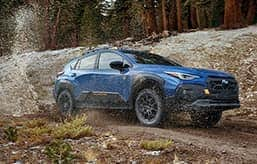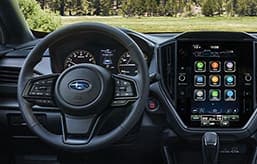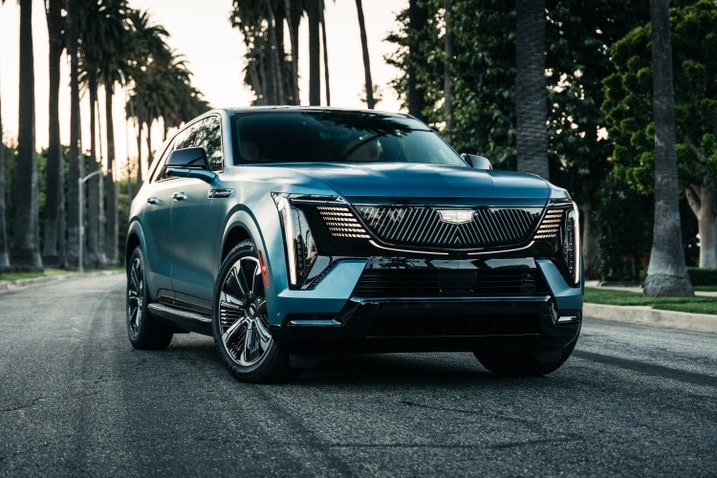- Nearly 20% of new car loans have monthly payments exceeding $1,000.
- More than 22% of borrowers opted for 84-month loans in the second quarter of 2025, representing a new high.
- These trends, along with high interest rates and lower downpayments, resulted in a record-high finance average of $42,388.
$1,000 Car Payments Hit Record Highs
High-dollar financing could spell trouble down the road
Record-high new car monthly payments, record-high financed totals and record-high loan terms. American car shoppers broke several new car affordability records in the second quarter of 2025, according to a recent Edmunds report, a stark reminder that the era of the $1,000-plus monthly car payment is well underway.
Nearly 20% of new-car shoppers have agreed to monthly payments of $1,000 or more in the second quarter of this year (between April and June), according to Edmunds' sales data. More borrowers — exceeding 22% — are opting for 84-month loans, which nearly doubled from six years ago. Meanwhile, 0% finance deals have shrunk to less than 1%, shoppers are making smaller downpayments, and interest rates remain historically high at 7.2%.
This affordability crunch adds up to another record high for the average amount financed on a new car loan: $42,388 in the second quarter of 2025, up from $40,873 just a year ago.
What’s driving these record borrowing trends? It isn't tariffs — yet. As of now, new car prices have remained relatively stable since last year. It’s about new-car shoppers trying to do more with less.
"It's clear that buyers are pulling the few levers they can control to manage affordability, whether that's by taking on longer loans, financing more, or putting less money down — even if some of those decisions increase their total costs,” said Ivan Drury, Edmunds' director of insights.
In this case, however, a bigger or fully loaded car now means more money later and less equity. Here’s a breakdown of the three key factors contributing to this potential storm for borrowers.
Expanding loan terms
Stretching a loan out over time may lower the monthly bill, but it saddles the borrower with more debt. Since interest is typically front-loaded on an auto loan, the borrower may have less equity in the car if they decide to sell it before the seven-year life of the loan expires. It happens more often than you'd think. People get bored with their cars, want to upsize into a larger vehicle after having a child, or even get a case of buyer's remorse when they didn't pay close enough attention to the sales contract. Any of these scenarios could lead to a borrower owing more money on the car than it’s worth, which is known as having negative equity or commonly referred to as being ""upside down" or "underwater"" on the loan.
"While extended loan terms may make a monthly payment more palatable, consumers need to keep in mind the risks associated with a loan extended that far into the future, including increased costs for upkeep down the line and the risk of being underwater on the loan if the car is traded in before it's paid off," said Joseph Yoon, Edmunds' consumer insights analyst.
If a borrower with a seven-year loan term trades in a vehicle with negative equity, any down payment the borrower makes will not touch the new car's financed amount and will typically be used to reduce the negative equity. The remaining balance owed is then rolled over into the new loan. This, in turn, increases the risk of a higher interest rate, and it becomes a vicious cycle of debt carried over into subsequent cars.
In the second quarter of 2025, the average borrower who financed with negative equity paid $15,881 in interest, versus $9,619 paid by a borrower without negative equity, according to Edmunds data.
The downside of negative equity is one reason why Edmunds recommends a 60-month or five-year loan term.
Monthly payments over $1,000
Nearly 30% people who take on a $1,000 plus monthly payment are able to pay off the loan in three years or less, but there is also an increasing number of people (about 21% in Q2) who take on similar payments but need six- and seven-year loan terms to make the numbers work for them.
Most of these types of loans are for luxury brands, sports cars, electric vehicles and full-size SUVs. The average monthly payment for a Range Rover tops the chart at $1,589, followed by the Cadillac Escalade IQ and the extended version of the gas Cadillac Escalade. Mercedes, Porsche, BMW and Audi owners average monthly payments between $1,400 and $1,560, but Jeep, GMC and Lexus vehicles also creep into the highest monthly payment category.
These luxury brands command higher prices, so it makes sense that the loan payments would be more expensive.
Six years ago, in the second quarter of 2019, the percentage of monthly payments exceeding $1,000 was 4.3%. Now it’s 19.3%. The price of a full-size luxury SUV has not even come close to quadrupling.
Record-high finance totals
The numbers prove:
- New-car shoppers are borrowing more money than ever before, at $42,338.
- In 2019, the average amount financed was $32,413. That’s not just inflationary, based on estimates from the Consumer Price Index calculator. Shoppers want larger and more luxurious vehicles, and they’re willing to pay more later for the privilege of now.
- The average downpayment has also fallen from $6,579 a year ago to $6,433 in Q2, and 0% financing deals have all but vanished.
These historic borrowing highs could spell trouble down the road.
“Consumers are continuously stretching to afford new vehicles in this market, and while tariffs haven't directly driven these Q2 numbers, they're certainly not going to make things any easier for shoppers moving forward," Drury said.
Related articles
Photo: martin-dm | E+ via Getty Images






 by
by  edited by
edited by